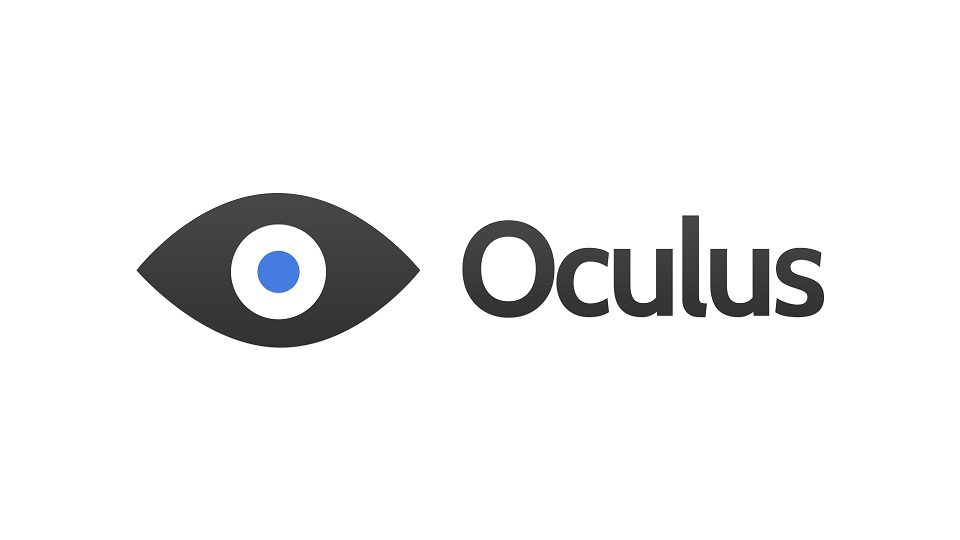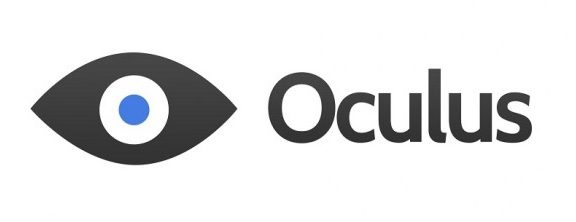We welcome a return to our [ir]regular news roundup for all things concerning the Oculus Rift. This edition looks at the end of an era as DK1 shipping begins to wind down, Oculus Hires Valve’s VR Guru and we look at their plans for GDC.
Oculus VR Begins Winding Down Shipping of DK1, 60,000 Units Sold
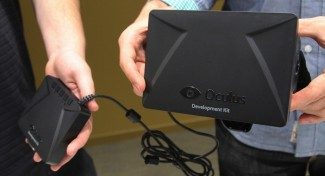 It seems we’ve come to the end of the first Oculus Rift generation. The near legendary Developer Kit V1 (DK1) is coming to the end of its life. Oculus VR announced recently that it planned to cease production of the unit that Kickstarted (literally) a new era of virtual reality. More recently, the DK1 order page was updated with a note that no more DK1 unit stock is now available. Existing orders are continuing to ship, but it won’t be long before those too disappear, ending a phenomenal run for the VR Headset.
It seems we’ve come to the end of the first Oculus Rift generation. The near legendary Developer Kit V1 (DK1) is coming to the end of its life. Oculus VR announced recently that it planned to cease production of the unit that Kickstarted (literally) a new era of virtual reality. More recently, the DK1 order page was updated with a note that no more DK1 unit stock is now available. Existing orders are continuing to ship, but it won’t be long before those too disappear, ending a phenomenal run for the VR Headset.
At a panel held at the recent SXSW, Oculus VR VP of Product, Nate Mitchell stated that they’d recently shipped their 60,000th DK1. Palmer Luckey, told us at CES in January they were celebrating passing the 50k DK1 milestone, which means an impressive last run of over 10k DK1 have been shipped in just 2 months.
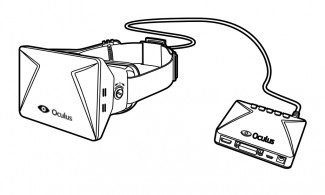 The passing of the DK1 is a bitter sweet occasion. For many it offered the first glimpse of what VR could be and its original Kickstarter the first hope that gamer’s could look forward to a new dawn of VR entertainment. It was superbly built, had extremely low latency tracking, was cheap and shipped in a cool carry case. But as I approach my 1st anniversary as an Oculus Rift owner, I can’t say I’ll miss the DK1’s comparatively poor display. It’s a testament to the OR’s overall concept that the blurry and pixelated resolution has held up for as long as it has.
The passing of the DK1 is a bitter sweet occasion. For many it offered the first glimpse of what VR could be and its original Kickstarter the first hope that gamer’s could look forward to a new dawn of VR entertainment. It was superbly built, had extremely low latency tracking, was cheap and shipped in a cool carry case. But as I approach my 1st anniversary as an Oculus Rift owner, I can’t say I’ll miss the DK1’s comparatively poor display. It’s a testament to the OR’s overall concept that the blurry and pixelated resolution has held up for as long as it has.
But, if speculation around Oculus’ GDC plans are anything to go by, DK1’s successor could well be just around the corner. The timing is right and the development world I think is more than ready for a device who can legitimately act as an indicative target for the eventual consumer
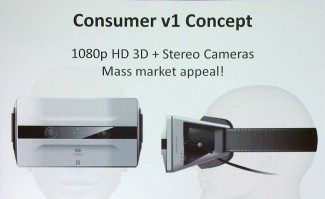
edition of the Oculus Rift. If DK2 does make its first appearance at GDC 2014, we only have a matter of days to wait to find out for sure, the show kicks off on the 17th March.
Atman Binstock, Lead Engineer on Valve’s VR Project Joins Oculus VR as Chief Architect
We’ve of course kept a close eye on Oculus VR’s recruitment drive over the last 18 months. A company’s ability to attract talent is a good indicator of how well an industry perceived that company. By these measures, Oculus VR must be regarded as one of the most attractive companies in the games industry today. The company’s ‘People’ page has swelled to unrecognisable proportions, with 70 faces now featured there – a growth aided enormously by Oculus VR’s two successful rounds of VC funding, pulling in around $100M of investment.
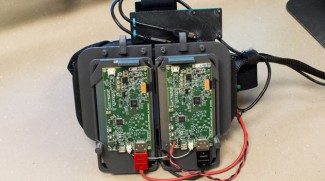
Oculus VR’s relationship with Valve Software, which began with the prominent appearance of Gabe Newell (CEO) and Michael Abrash (Lead Developer) in the original Kickstarter video, seems to have been that rarest of things: a mutually beneficial and equal sharing of ideas and resources. In fact, the lines between the two company’s became so blurred during Steam Dev Days it was sometimes difficult to discern where Valve ended and Oculus began. Valve has Oculus to thank for launching a commercial platform that has revitalised interest in and created a market for virtual reality.
Oculus by turns have reaped some of the intellectual benefits of Valve’s two year research and development project to advance the prospect of a commercial VR Headset for the masses, one that achieves the holy grail of virtual reality, the user’s feeling of ‘presence’ in a virtual world. Low persistence of vision, a technique whereby an image of the virtual world is only presented to the user for a fraction of a frame update before being blanked, was one that Valve pioneered and eventually persuaded Oculus VR to adopt. The technology was first seen implemented by Oculus behind closed doors at this year’s CES in Las Vegas, used in the company’s most recently demonstrated prototype, the Crystal Cove. Palmer Luckey told us at CES that Oculus VR had doggedly pursued low latency panels before realising that no matter how fast a panel is, if imagery presented to the user is incorrect (and in a fast moving scene, this is the case for most of time an individual frame is displayed), the human brain will always interpret the image as juddery. In fact, Oculus were so convinced by the technique that they cited the breakthrough as more important than positional tracking, the other major feature introduced in Crystal Cove.

Atman Binstock was persuaded to join Valve by Michael Abrash and lead the VR project to fruition, in this case the famous VR Room at Steam Dev Days which amazed every one who tried it and was perhaps the first glimpse for most of a VR Headset that achieved ‘presence’. Binstock said of the meeting with Abrash that set his course:
Just over two years ago, Michael Abrash and I were sitting in a coffee shop in Kirkland. He was trying to convince me to come work on AR and VR with him at Valve.
But Michael convinced me that this was basically the myth of technological inevitability: the idea that because technologies were possible, they would just naturally happen. Instead, the way technological revolutions actually happen involve smart people working hard on the right problems at the right time. And if I wanted a revolution, and I thought I was capable of contributing, I should be actively pushing it forward.
I signed up.
Oculus VR announced recently that Binstock has now joined the ranks of its staff under the title ‘Chief Architect’ and will head up a new research and development team based in Seattle, also home of Valve. The hiring seems like an excellent move on Oculus’ part and does seem to confirm Valve’s assertion that it never intended to bring its impressive technology to market itself, more that it merely wanted to accelerate the process.
We look forward to seeing what Atman comes up with in his new role.
Oculus VR Heading to GDC 2014 with a Sizeable Showfloor Footprint
 GDC starts in just a couple of days and as information on the show becomes finalised, we begin to get a view of how that all important show floor is laid out. GDC’s final layout shows a packed floor with a number of VR centric attendees. With Sixense Entertainment (STEM / MakeVR), Tactical Haptics (Reactive Grip), YEI Technologies (PrioVR) all present.
GDC starts in just a couple of days and as information on the show becomes finalised, we begin to get a view of how that all important show floor is laid out. GDC’s final layout shows a packed floor with a number of VR centric attendees. With Sixense Entertainment (STEM / MakeVR), Tactical Haptics (Reactive Grip), YEI Technologies (PrioVR) all present.
Oculus is there too of course. And if you wanted a visual comparison as to Oculus’ progress in just the last 12 months since GDC 2013, then taking a look at their past and present show floor exhibit isn’t a bad way to do it. In this case we can turn to subreddit /r/oculus and user ‘Capyvara’ who provided just such an image.
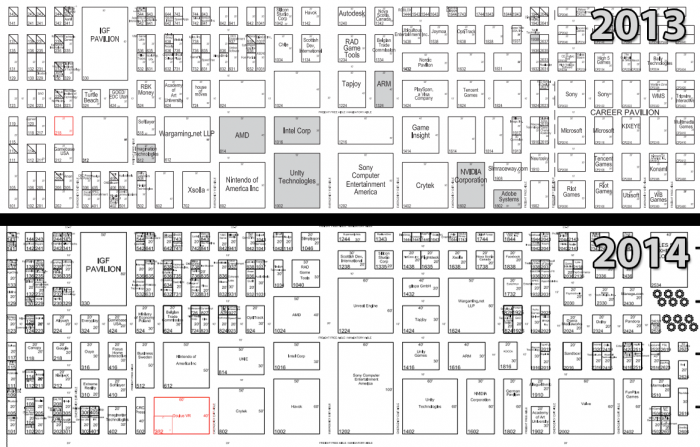
As you can see, not only has their booth increased six fold, they now occupy a position right behind the main entrance to the Moscone Center in San Francisco. That’s in impressive leap in size.
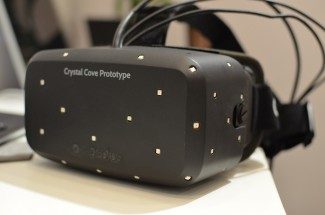
As to what Oculus might be showing people in all that lovely space, we simply don’t know. You might assume that it would be filled with the most recent publicly announced prototype, the Crystal Cove. However, during our time with Oculus and reading/watching subsequent interviews with them, Crystal Cove was very much presented as a system with most of the core features Oculus wanted to see in the final Rift but not necessarily the direction either DK2 or CV1 would take.
Also, up to now, there’s evidence that only two of these units are readily available for public show. CES was a private, invite only booth with just two demo rooms with a single CC unit in each. And at the recent SXSW, again only two units were available for demonstration in Oculus’ loft. Obviously holding such a large booth open with just two demo units wouldn’t make a lot of sense (even accounting for the extra space the positional tracking setup requires). With that in mind, there are few possibilities as to what Oculus have to show people on that enormous stand (entering wild speculation mode!):
- The stand is filled with Crystal Cove prototypes, that have been knocked up by engineers locked in several basements at Oculus HQ: This has happened before, at Gamescom 2013 there was an explosion of HD Prototypes on hand at both Oculus’ booth and CCP Games‘, used to demo EVE Valkyrie.
- The stand has the same two demonstration CC prototypes form CES / SXSW, and a host of HD Prototypes.
- A test production run of DK2 units to demonstrate to developers what they can get their hands on shortly, to tie in with n earlier announcement of DK2’s launch.
All seem possible, some more plausible than others. What do you think Oculus VR have in store for us at this year’s GDC?
The Road to VR collective will be attending GDC 2014 in force to bring you the latest news from the show floor as it happens. Keep up to date by following us on twitter where we’ll be updating constantly for the duration of the show.

